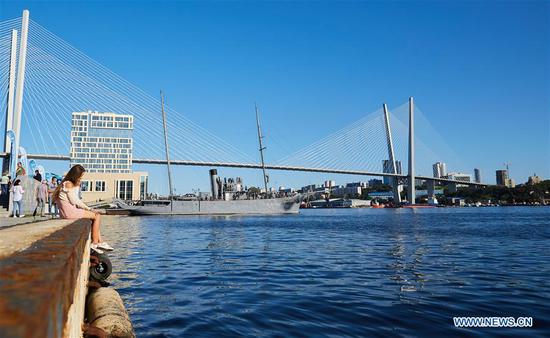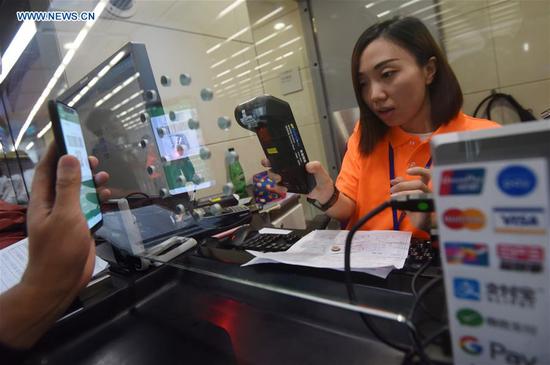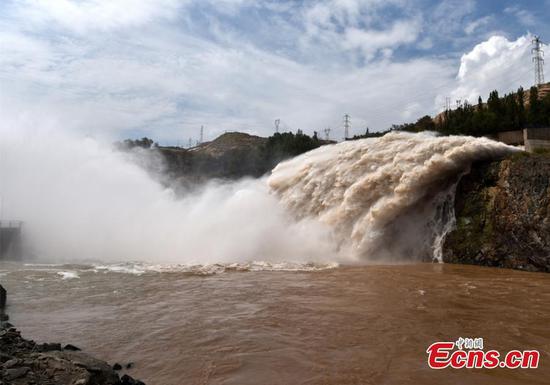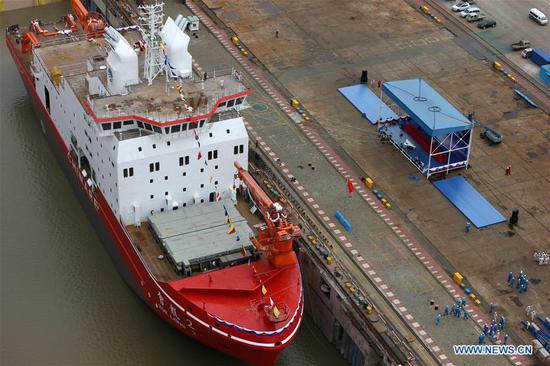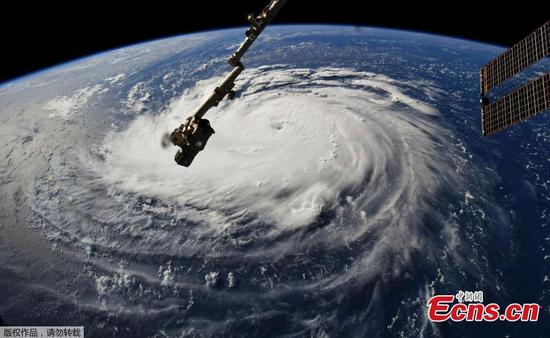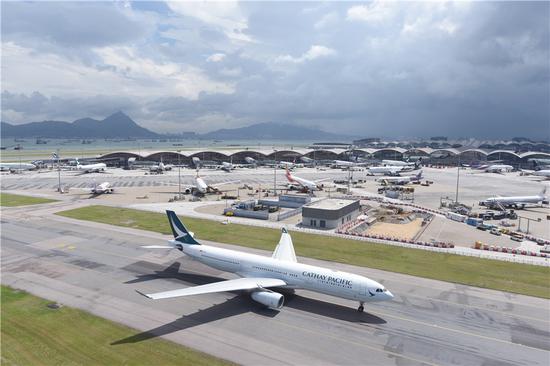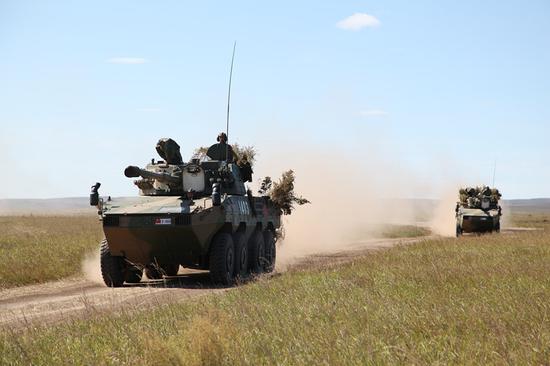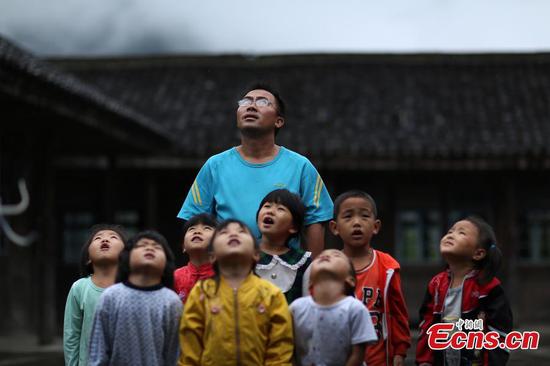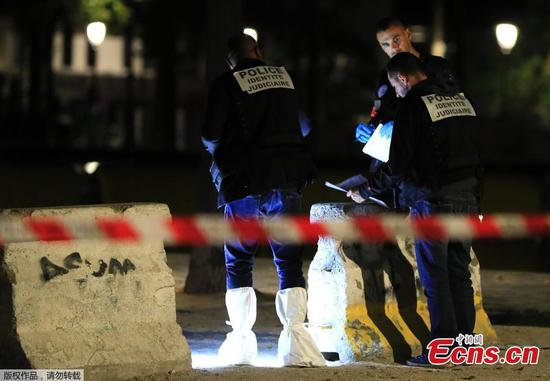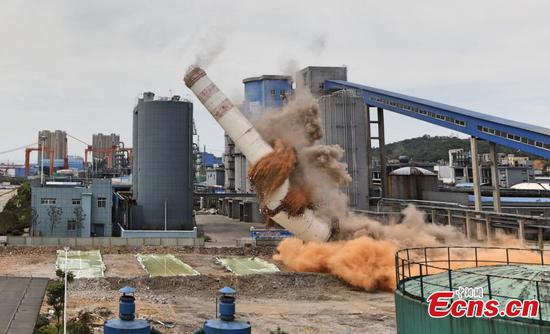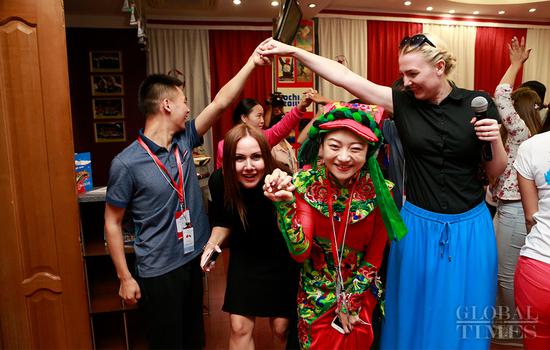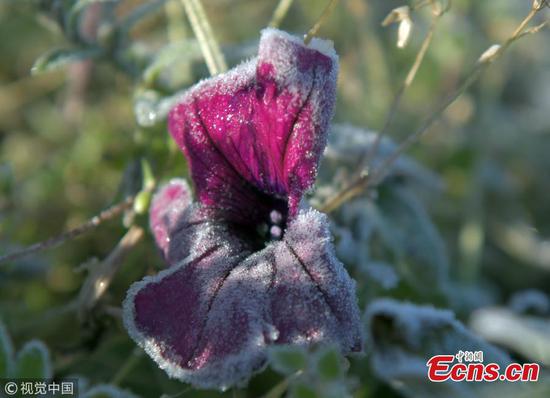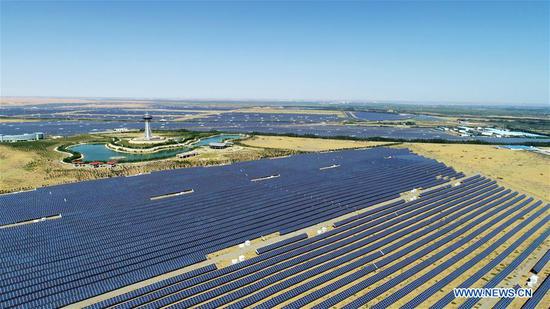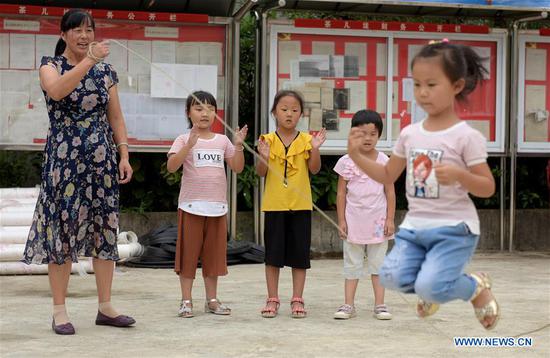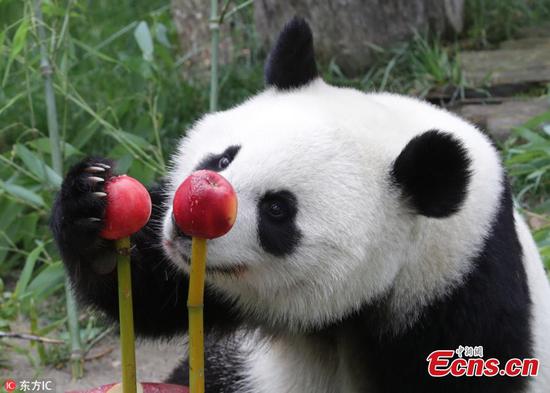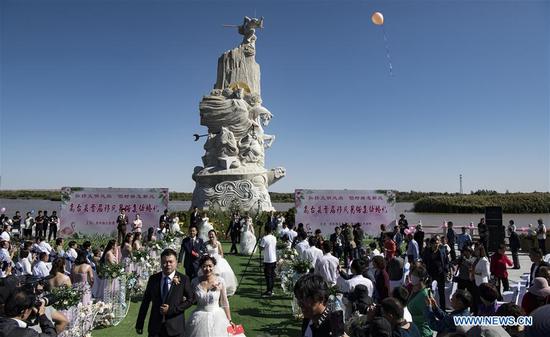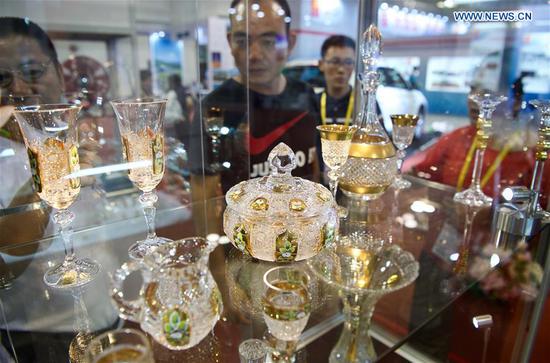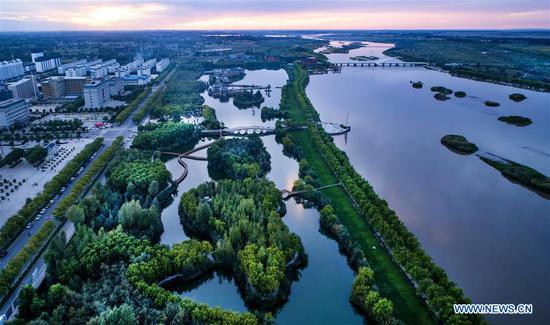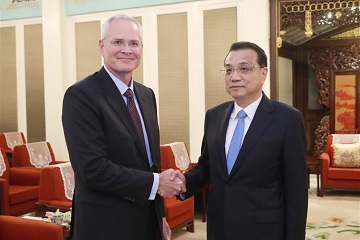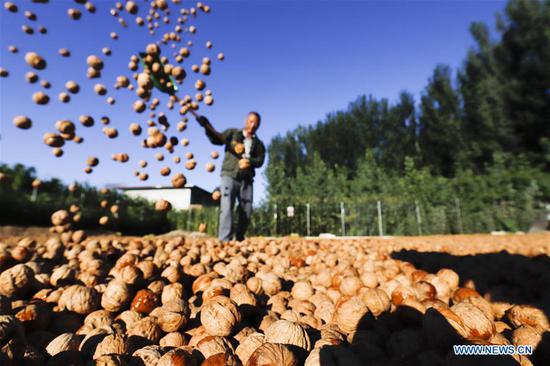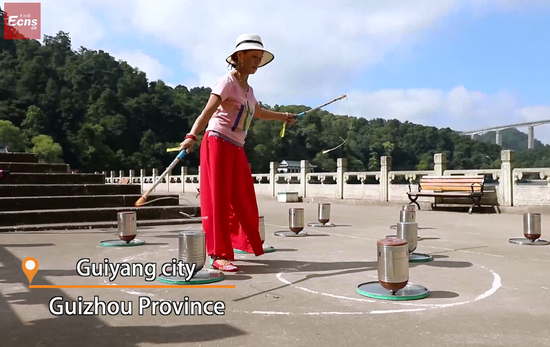Countries of Northeast Asia play an active role in China's Belt and Road Initiative (BRI) as the idea of mutual benefit and win-win applies to all participants in the area and is instrumental in promoting economic development and deepening regional cooperation.
As one of the fastest-growing areas around the world with huge potential of economic development, the regions in northeast Asia enjoys tremendous opportunities of carrying out regional cooperation among the five countries - China, Russia, Mongolia, the Republic of Korea (ROK), Japan and the Democratic People's Republic of Korea (DPRK).
China enjoys close economic and trade ties with the five countries and remains the largest trading partner of them.
In 2016, China's trade volume with the five countries totaled 605.9 billion US dollars, accounting for 16.4 percent of the country's foreign trade. The five countries' investment in China reached 7.85 billion US dollars in the same year, and China's investment in these countries also maintained steady growth.
China-Mongolia-Russia economic corridor signals fresh opportunities
China, Russia and Mongolia actively explored trilateral cooperation in areas such as trade and investment, industry, energy and infrastructure under the China-Mongolia-Russia economic corridor initiative, which is part of the Silk Road Economic Belt initiative.
The three countries all joined the China-led Asian Infrastructure Investment Bank (AIIB) which aims to provide financing to address the infrastructure needs in Asia and beyond. The bank has by now 86 approved members from six continents.
Being a close and friendly neighbor, Russia fully supports China's Belt and Road Initiative, and the two countries agree to align the former's aspiration under the Eurasian Economic Union (EAEU) framework with the latter's Silk Road Economic Belt initiative.
Starting in December 2016, the 19.9km-long highway bridge connecting China and Russia over the Heilongjiang River is under construction. The road bridge is scheduled to open in October 2019.
Mongolia also pledged to make greater progress of trilateral cooperation by aligning its "Development Road" program with China's Belt and Road Initiative. In recent years, the two countries have conducted fruitful cooperation in areas including infrastructure, agriculture, border trade, cultural exchanges and tourism.
Meanwhile, China, Japan and ROK remain committed to accelerating negotiations for a trilateral Free Trade Agreement (FTA) and concluding a Regional Comprehensive Economic Partnership (RCEP) as soon as possible in a bid to facilitate trade and investment liberalization in East Asia and to serve the common interests of the three countries.
Besides traditional cooperation fields, countries of northeast Asia also actively tap new fields of regional cooperation as evidenced by various expos and industrial parks.
The 11th China-Northeast Asia Expo, for example, was held in Changchun, northeast China's Jilin Province on September 1 to 5 last year. Pavilions with themes of cutting-edge technology, financial innovation and daily commodities were epitomes of fruitful results of regional cooperation among countries in the area.










